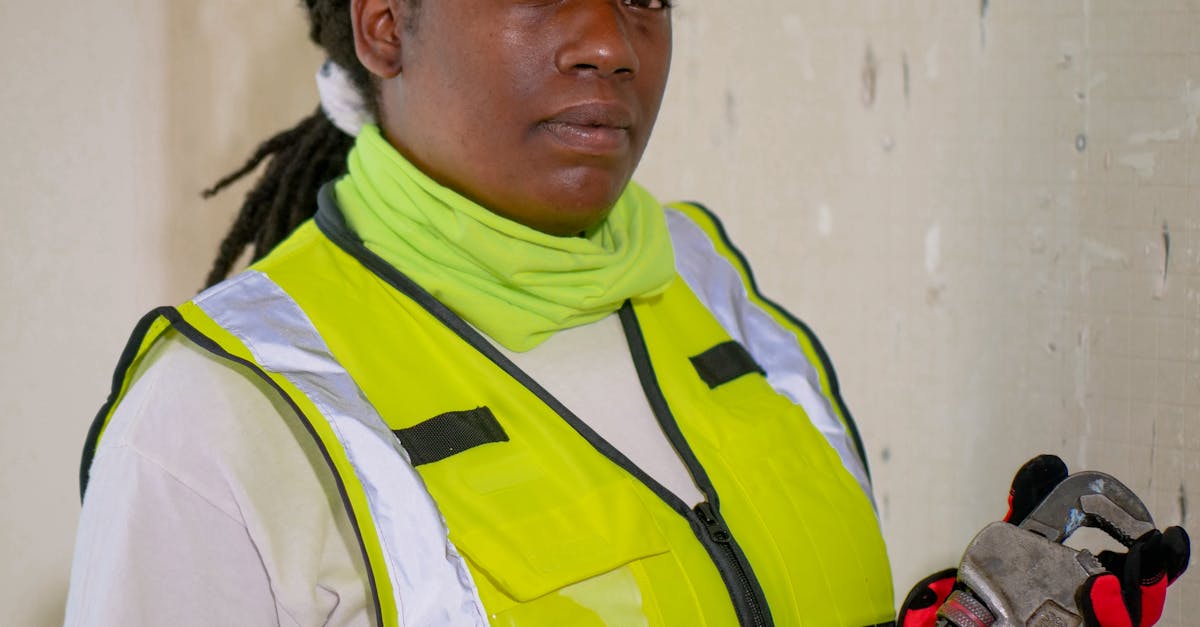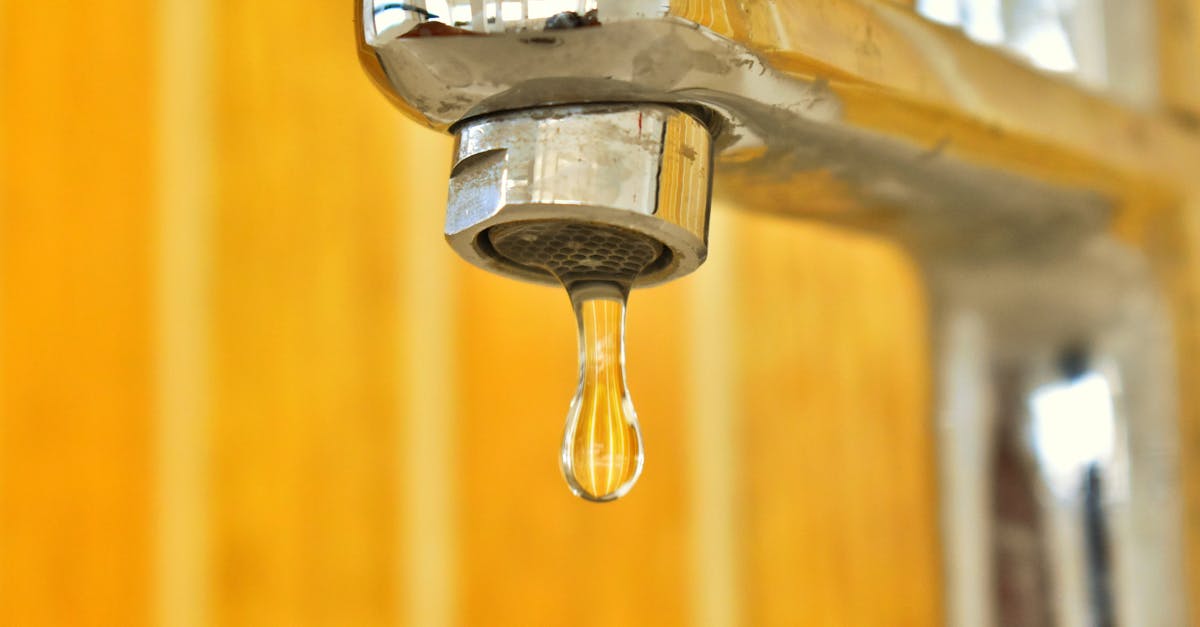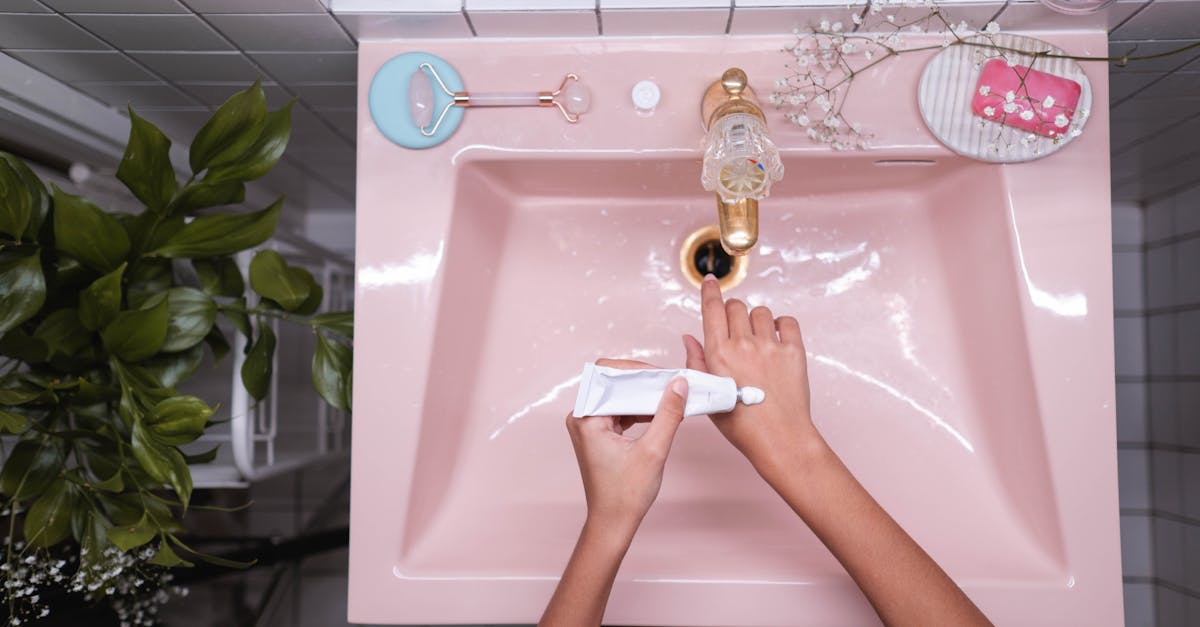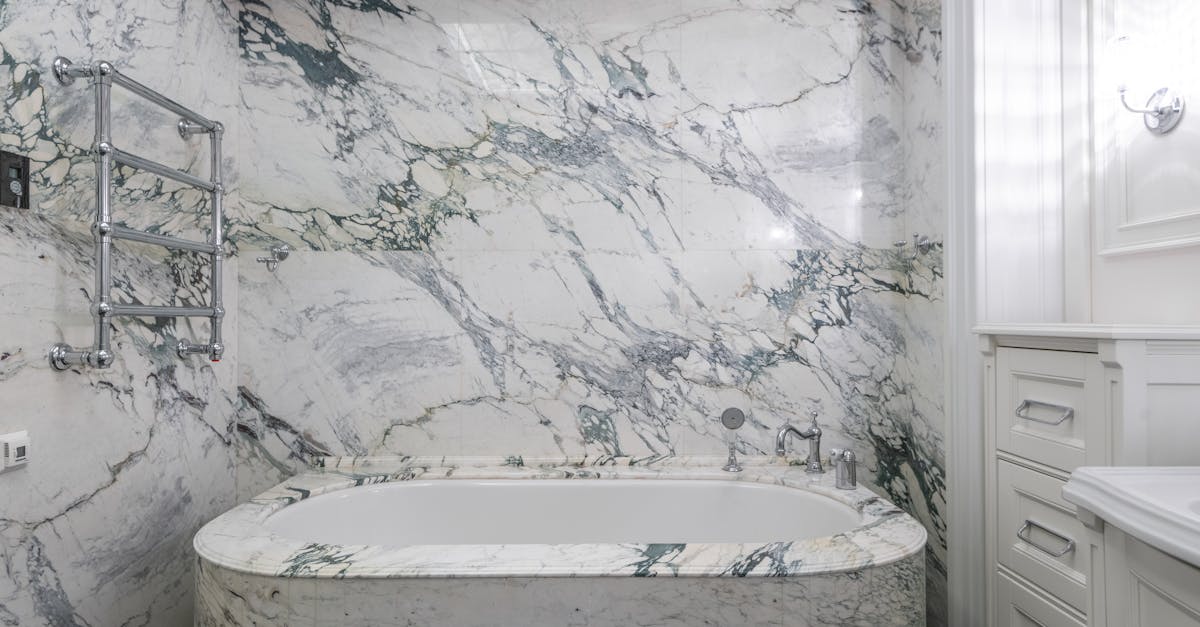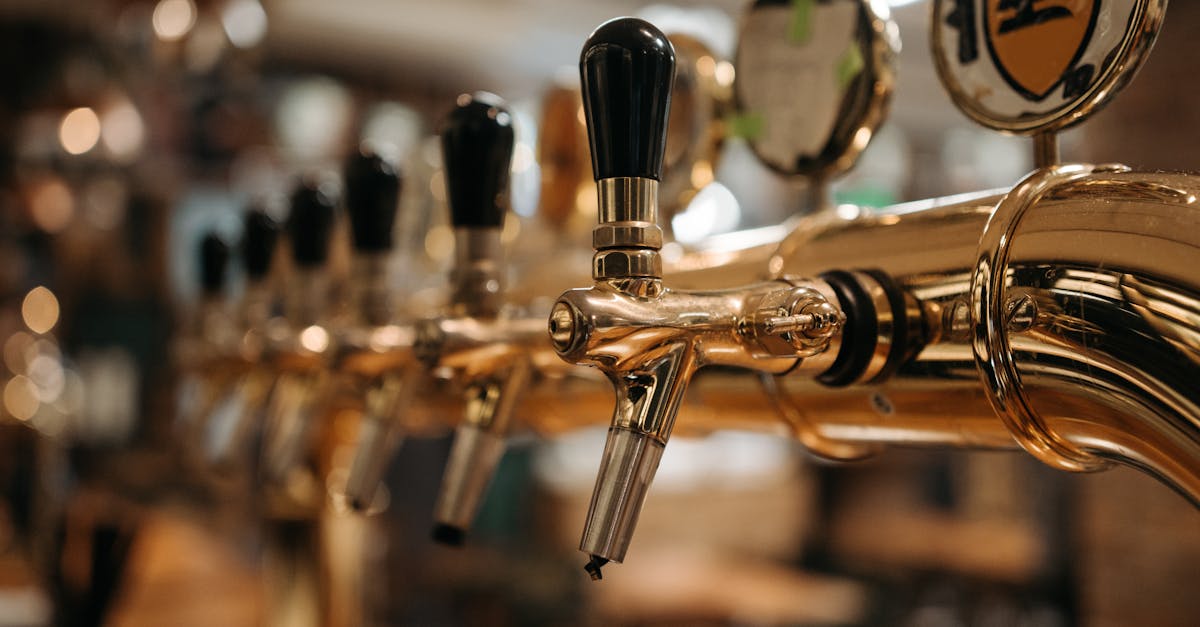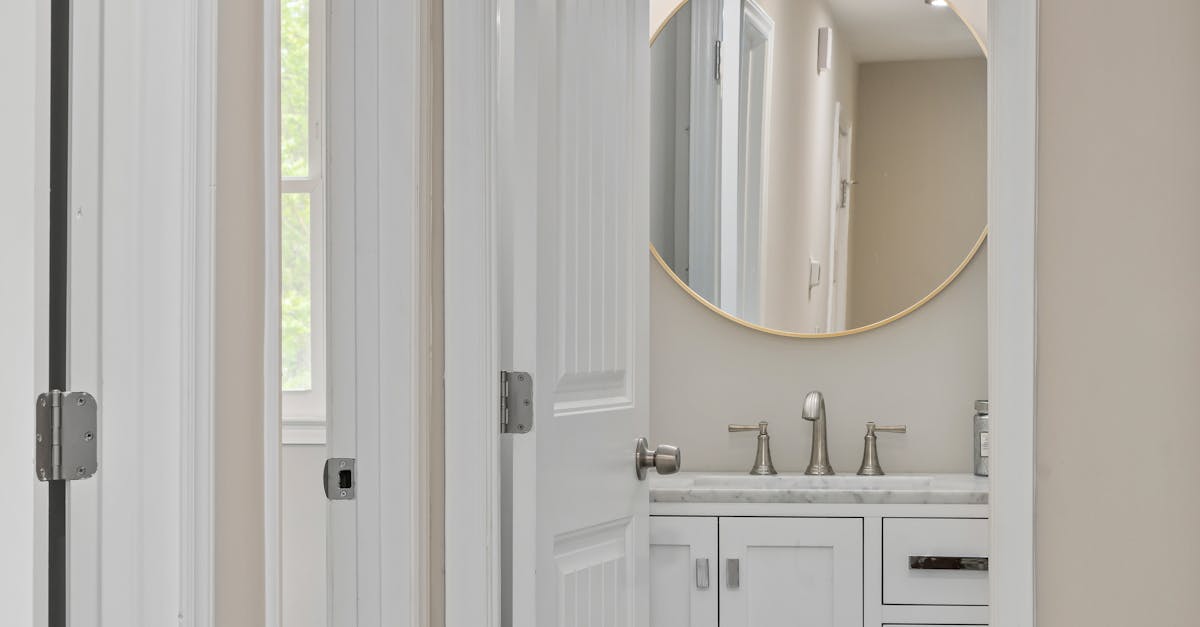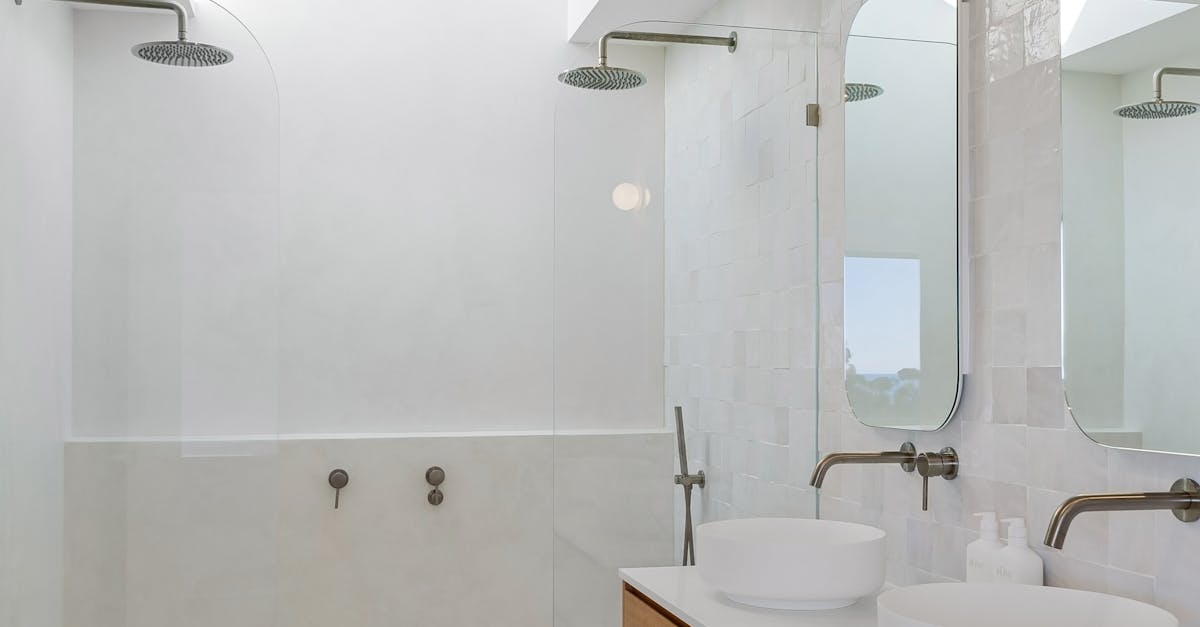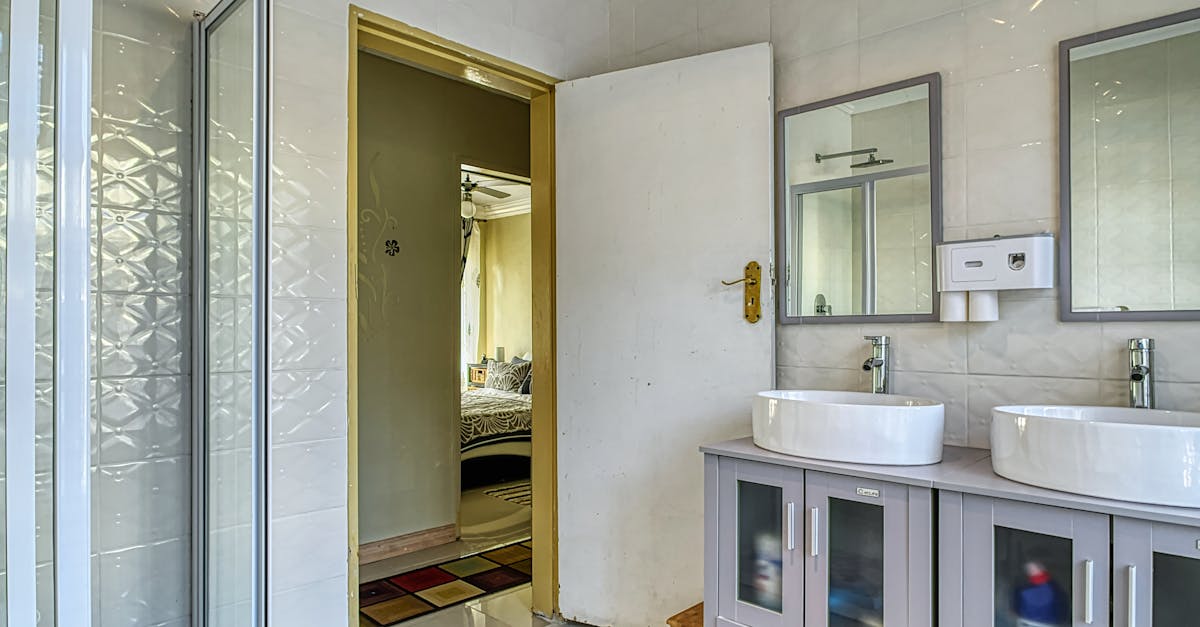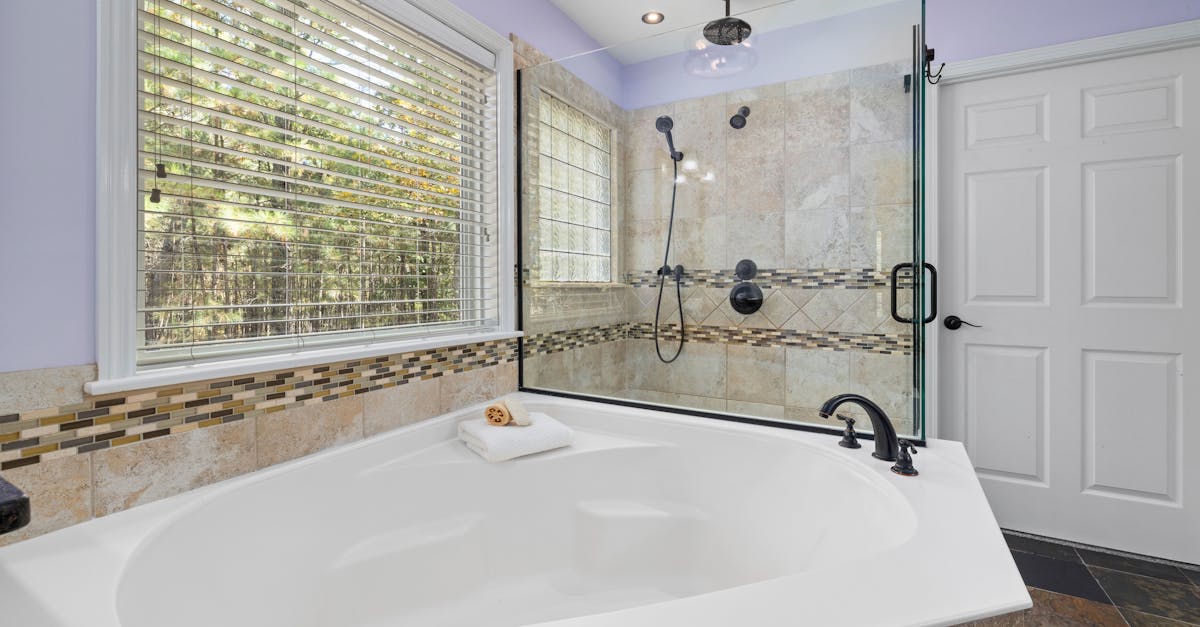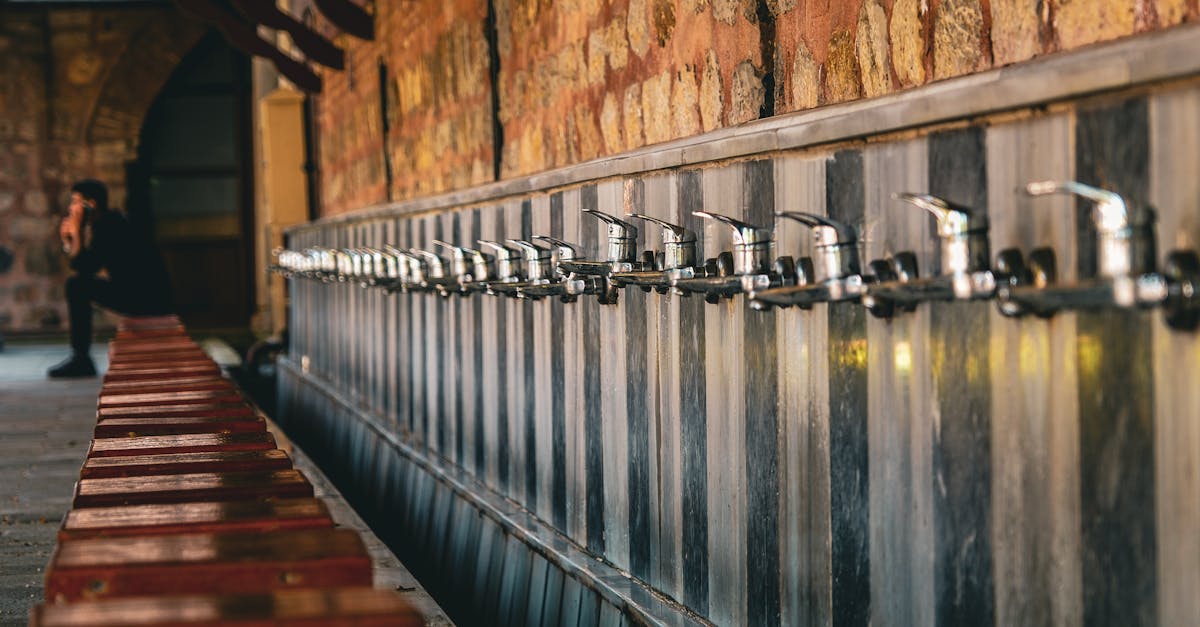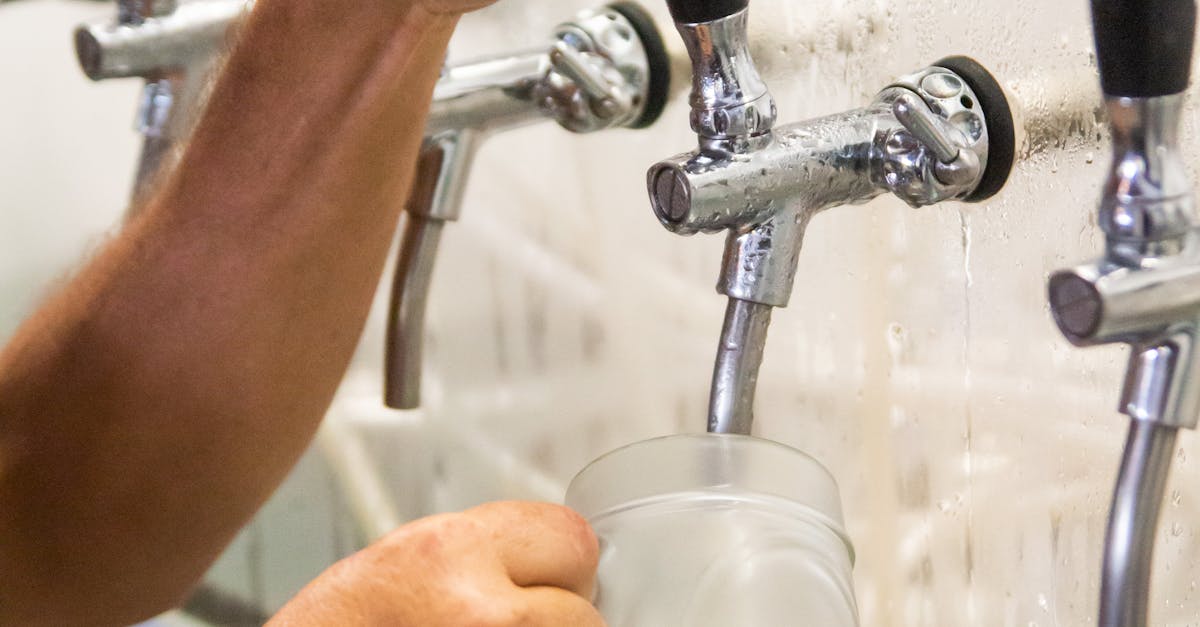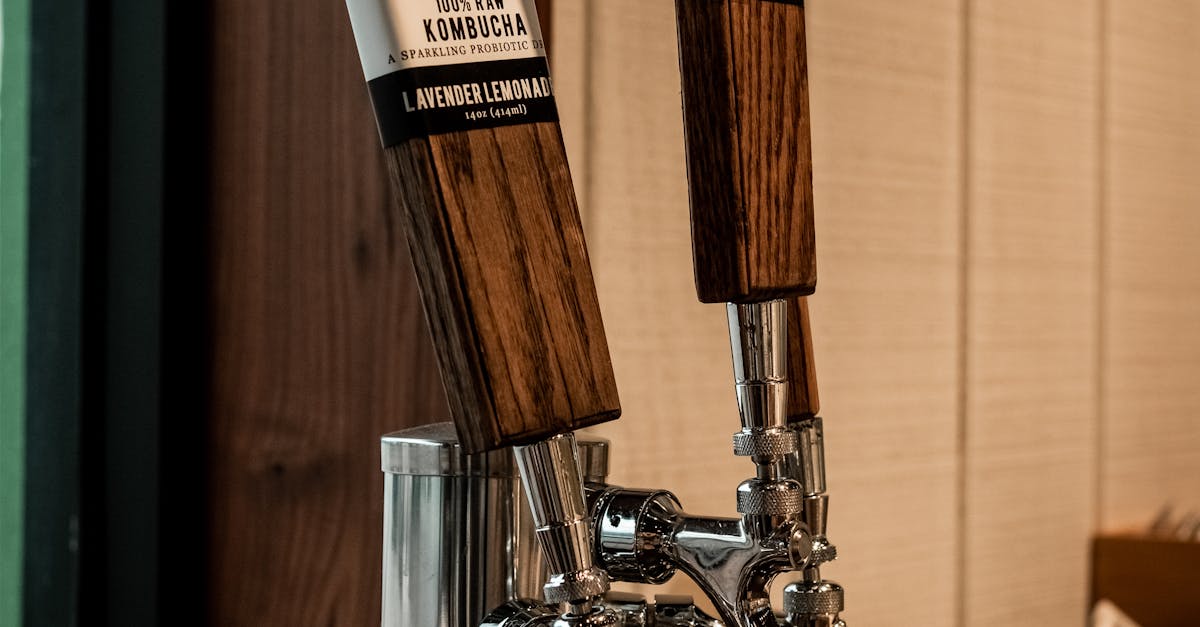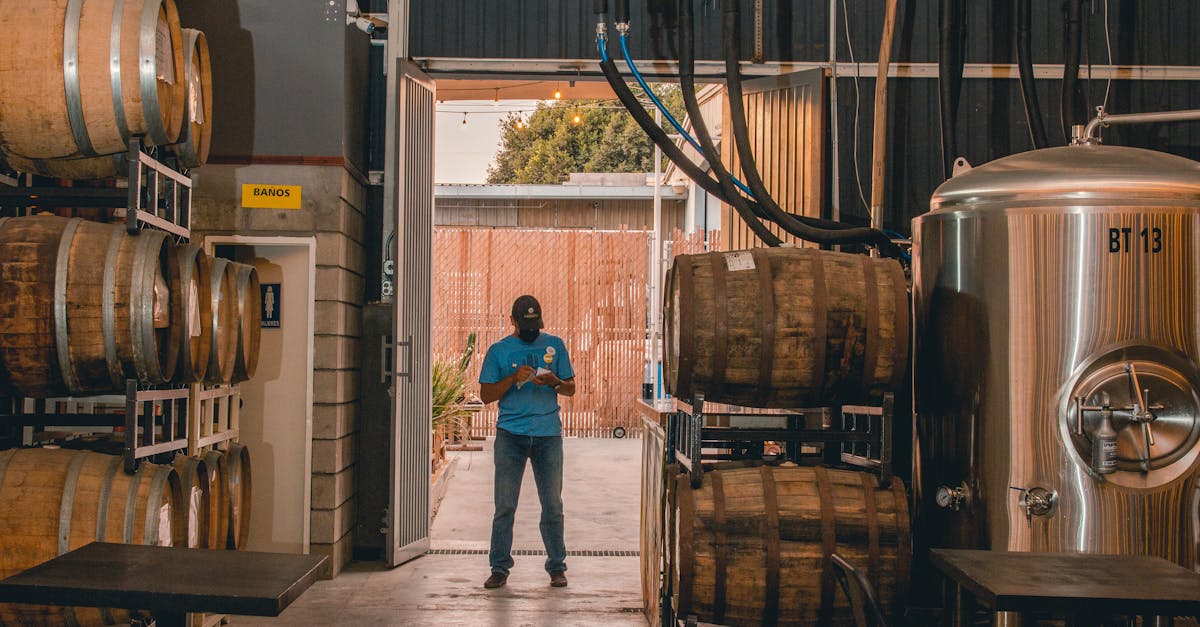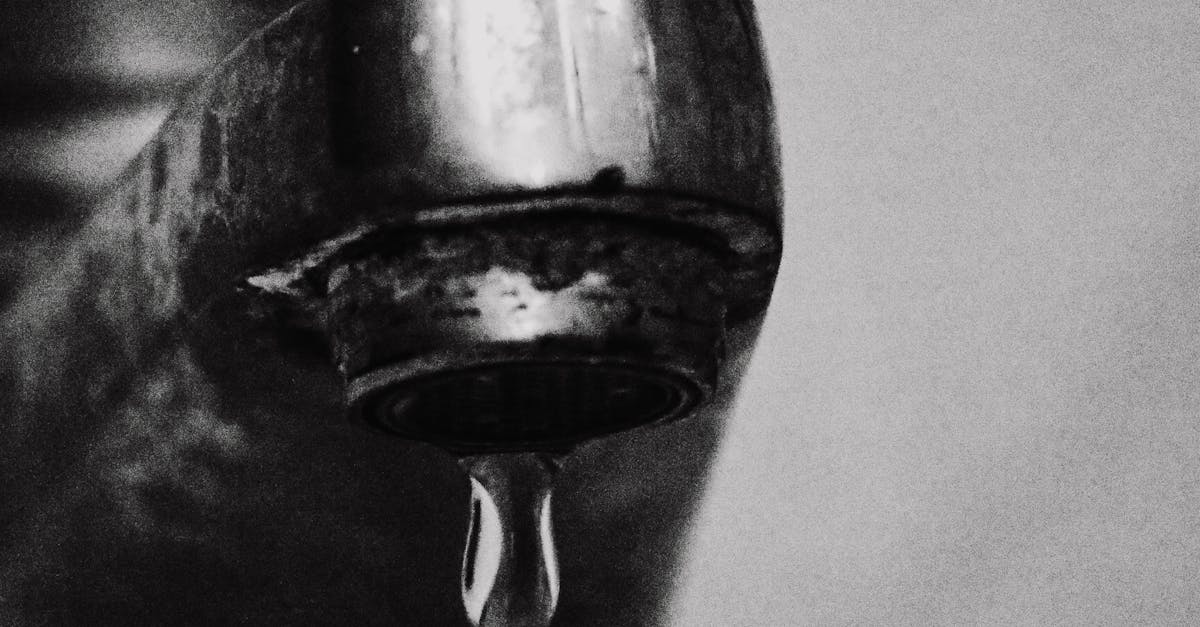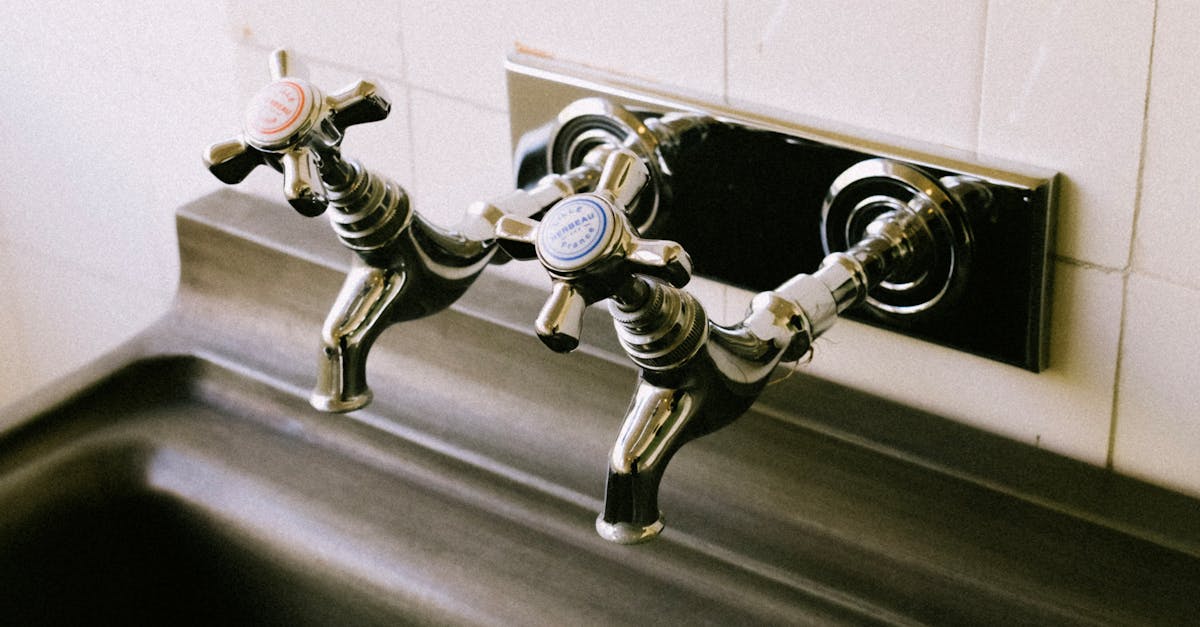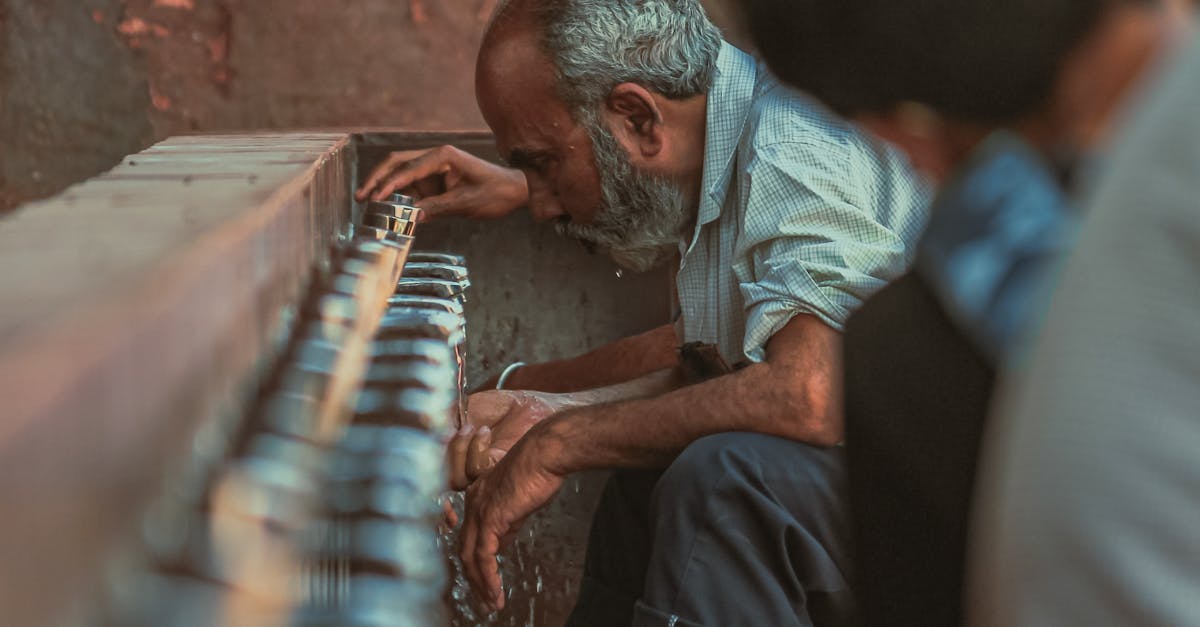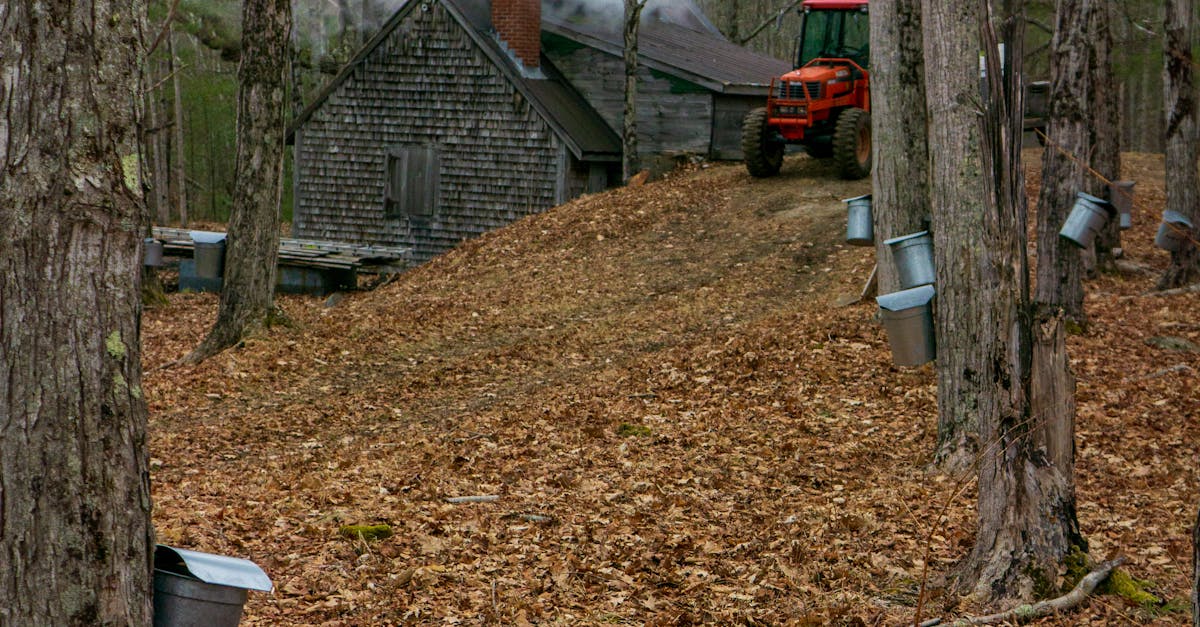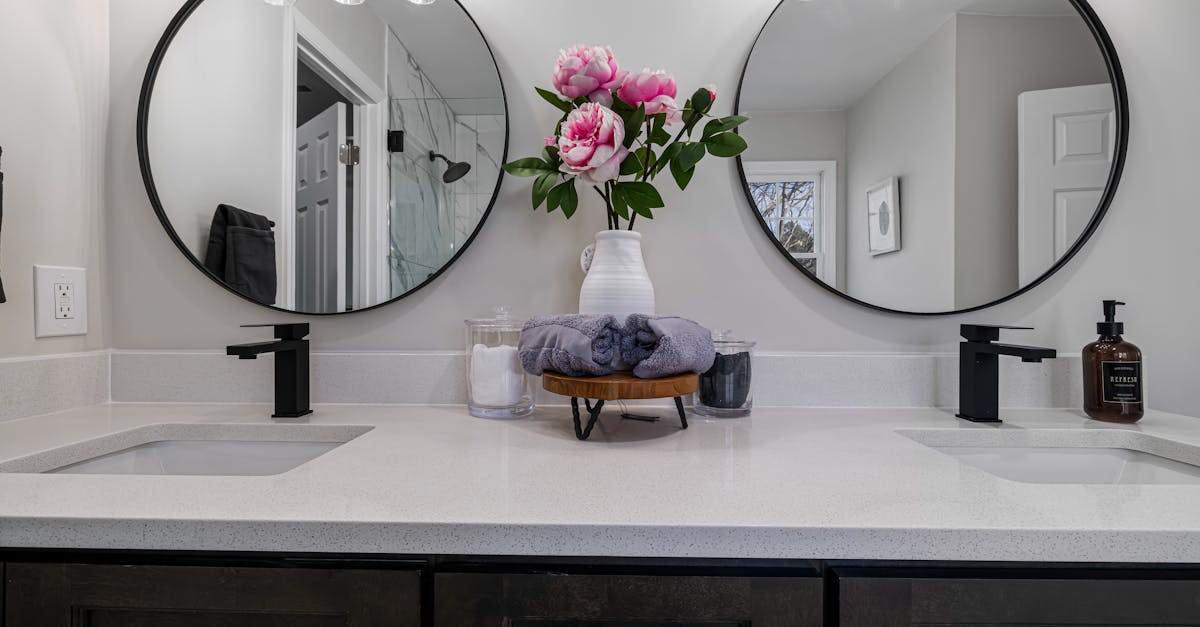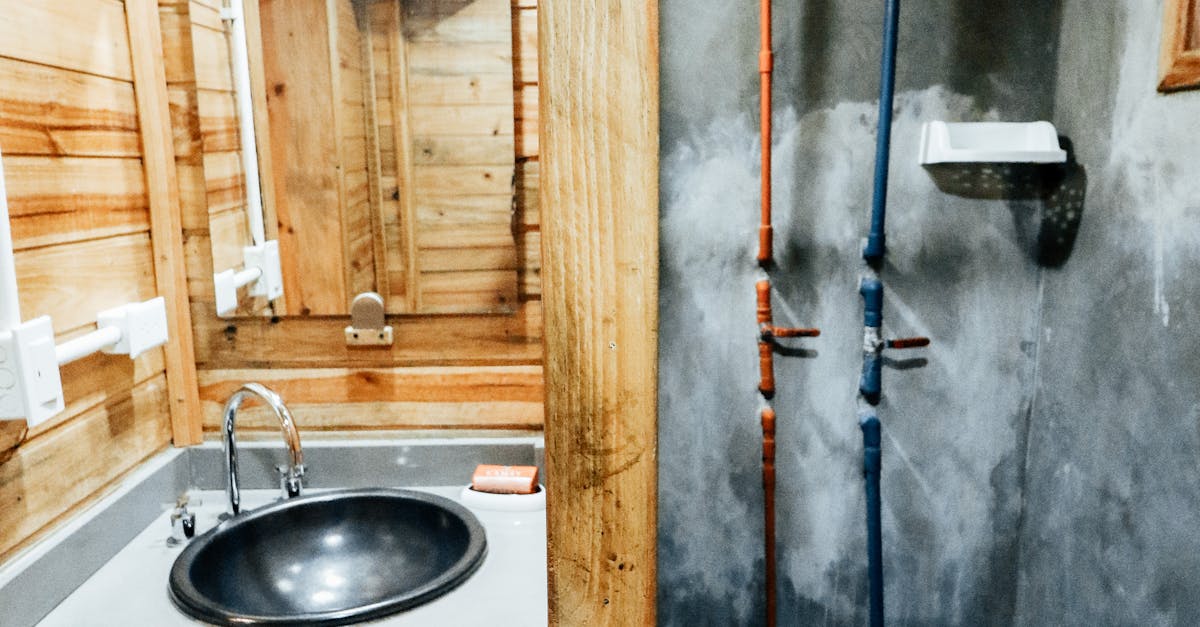
Table Of Contents
Corroded Faucet Components
Corroded faucet components often play a significant role in the development of leaking taps. Over time, exposure to water and various minerals can lead to the deterioration of metal parts within the faucet. The presence of corrosion can create small gaps or holes, resulting in water escaping and causing a steady drip. Identifying corroded materials at an early stage can help mitigate further damage and avoid more extensive repairs.
Regular inspection is essential in preventing issues related to corrosion. Homeowners should look for signs of discolouration or rust around faucet components. These indicators signify that the integrity of the parts is compromised. Prompt attention can reduce the likelihood of leaking taps becoming a persistent nuisance. Addressing corrosion by replacing damaged components can restore faucet functionality and ensure a tighter seal.
Identifying Signs of Corrosion
Corrosion in faucet components can manifest in several noticeable ways. One of the most obvious signs is the presence of discolouration on the faucet’s surface, often appearing as rust patches or a dull, flaky exterior. This corrosion can lead to weakness in the material itself, increasing the likelihood of leaks. Homeowners may also observe an accumulation of mineral deposits around the base of the faucet or the connection points, which may indicate that leaking taps are a possibility.
Another indicator of corrosion is a change in the flow of water from the faucet. If the water pressure fluctuates or there are irregularities in the stream, it could suggest that corrosion is obstructing water pathways. Additionally, any persistent dripping sounds or water pooling around the sink area may be signs of leaky or corroded components. Regular inspections can help catch these issues early, preventing further damage and ensuring a well-functioning fixture.
Installation Problems
Improper installation of a faucet can lead to various issues, including leaking taps. When the components are not aligned correctly or if the washers and seals are not fitted properly, water can escape from the faucet instead of flowing smoothly. Incorrect tightness of fixtures can also contribute to gaps where water can seep through, resulting in annoying drips and potential water waste.
Common mistakes during faucet setup often involve overlooking the manufacturer's guidelines or ignoring pre-installation checks. Failure to adequately prepare the plumbing system can create problems down the line. For instance, if the water supply lines are improperly connected, leaks may occur, leading to more significant repair needs later. Ensuring that all parts are installed correctly can help prevent the frustration of dealing with leaking taps.
Common Mistakes During Faucet Setup
When installing a faucet, it's easy to overlook the importance of ensuring all components are properly aligned and secured. Many people make the mistake of not tightening the mounting nuts sufficiently, which can lead to loose fittings. This oversight can result in leaking taps, causing both water wastage and potential damage to cabinetry. Furthermore, using the wrong tools or attempting to forcefully adjust the faucet can exacerbate the problem, leading to breakage or further misalignment.
Another common error arises from inadequate inspection of the O-rings and gaskets during installation. These seals are crucial for preventing leaks and ensuring a tight fit between the faucet assembly and the sink. Neglecting to replace worn or damaged seals often results in dripping faucets shortly after installation. Understanding the significance of these small components and taking the time to ensure proper setup can greatly reduce the chances of encountering leaking taps in the future.
Regular Maintenance Practices
Regular maintenance practices are essential for keeping your faucets in good working order. Regularly checking for signs of wear and tear can help prevent issues like leaking taps. It is advisable to inspect the washers and O-rings periodically, as these small components often bear the brunt of wear over time. By being proactive, you can address any potential problems before they escalate into significant leaks.
Another important aspect of maintenance is ensuring that all connections and fittings are secure. Loose fittings contribute to dripping and can lead to leaking taps, wasting water unnecessarily. When performing any maintenance, use appropriate tools and avoid overtightening, which can further damage the components. By incorporating these simple practices into your routine, you can extend the lifespan of your faucets and maintain their functionality.
Steps to Prevent Future Drips
Regularly inspecting your faucets can help identify early signs of wear or damage. Look for fluctuations in water pressure or changes in the flow rate. These can indicate issues that might lead to leaking taps down the line. Additionally, examining seals and O-rings for signs of degradation ensures that you address small problems before they escalate.
Proper installation techniques play a crucial role in faucet longevity. Ensure that all connections are tightened adequately to prevent any leaks from forming. Using quality fittings and materials during installation reduces the risk of leaks caused by subpar components. Monitoring the condition of your faucets and conducting routine maintenance can save you time and money in the long run, reducing the likelihood of encountering leaking taps.
FAQS
What are the most common causes of a dripping faucet?
The most common causes of a dripping faucet include corroded faucet components, installation problems, and lack of regular maintenance.
How can I identify signs of corrosion in my faucet?
Signs of corrosion can include discolouration, pitting on the surface, or visible rust on faucet components. If you notice any of these signs, it's important to inspect your faucet further.
What are some common mistakes made during faucet installation?
Common mistakes during faucet installation include failing to use the right type of seals, not tightening components properly, and neglecting to check for level alignment, all of which can lead to leaks.
How can I prevent my faucet from dripping in the future?
To prevent future drips, perform regular maintenance such as checking for corrosion, replacing worn washers or seals, and ensuring your faucet is properly installed.
Is it necessary to call a plumber for a dripping faucet?
While some minor issues can be fixed by homeowners, if you are unsure about the cause or feel uncomfortable making repairs, it’s advisable to call a plumber to avoid further damage.
